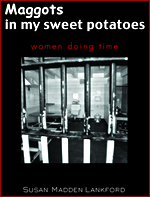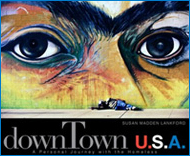 Homelessness is a plague upon our nation’s youth. Over a million and a half American kids do not have a roof over their heads. Think about that – a million and a half.
Homelessness is a plague upon our nation’s youth. Over a million and a half American kids do not have a roof over their heads. Think about that – a million and a half.
The U.S. Interagency Council on Homelessness (USICH) just held their final meeting for the year, a meeting whose focus was youth homelessness. The USUCH website documents that meeting and notes the disproportionate number of LGBT youth among that number.
The [Interagency] Group [on Youth] spoke to the full Council on what we know (and do not know) about youth homelessness currently and federal resources available to serve this population. The Group also spoke about the challenges of serving this population – notably the lack of consistent data available on the number of unaccompanied youth and research on the practices that help this population. We do know, however, that there are sub-populations of youth that have a much higher risk for homelessness: youth exiting child welfare or the juvenile justice system and LGBT youth. At the meeting, all of the member agencies agreed to work together to marshal appropriate resources to improve our knowledge and achieve the goal of ending youth homelessness by 2020. Collaboration will have to be at the forefront of our work at all levels of government and with service providers currently serving this vulnerable population in order to ensure that we have a better understanding of the size of the problem, the needs of different sub-groups, that successful strategies are implemented and progress is made.
This is welcome news! If the goal of ending youth homelessness by 2020 is to be achievable then this is the sort of approach needed. Each subgroup of the homeless population has different needs, and LGBT youth comprise a disturbingly large percentage of the youth homeless population. Jerome Hunts recently took note of this in a recent guest post on ThinkProgress:
Indeed, a recent report by the National Center on Family Homelessness estimated that 1.6 million children lived on the street, in homeless shelters, with other families or in motels last year and that youth homelessness has risen 38 percent during the economic recession. Considering that an estimated 20 to 40 percent of homeless youth population is LGBT, this commitment by the USICH to work collaboratively across government and with the non-profit sector to help these sub-populations is definitely welcomed — particularly in the wake of a survey conducted by the DC Alliance of Youth Advocates (DCAYA) of close to 500 homelessness youth that resulted in 6 percent (or 19 people) of the respondents identifying as LGBT. (DCAYA believes this was due to the low number of participating sites that provide specific services to LGBT youth.)
While more data must be collected the USICH have both acknowledged this demographic’s high risk for homelessness and confirmed their commitment to addressing the problem.
With any luck the Interagency Group on Youth will bring some concrete plans and specifics to the USICH that will help us along towards making the 2020 goal a reality.


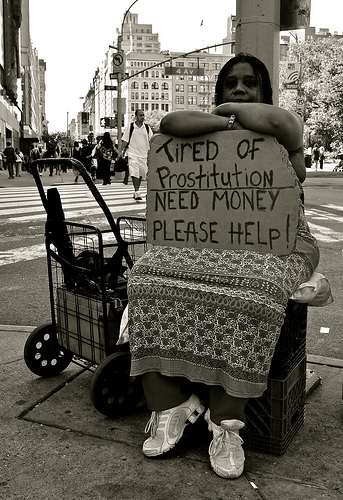 The people behind the Poverty Insights website have been following the New York Department of Homeless Services study of the city’s homeless services programs. The Department is under fire for performing a
The people behind the Poverty Insights website have been following the New York Department of Homeless Services study of the city’s homeless services programs. The Department is under fire for performing a 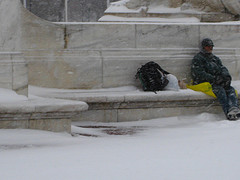 Winter is coming, and that is a bad time to be without shelter. The further north you go the harsher the climate, and thus the harder it is to survive unsheltered. Think about it when you run from your front door to your car, from island of heat to island of heat. Now think about that moment in the cold and stretch it out to days, weeks, months. For many, especially the very young and the very old, it can be the last season they will ever see.
Winter is coming, and that is a bad time to be without shelter. The further north you go the harsher the climate, and thus the harder it is to survive unsheltered. Think about it when you run from your front door to your car, from island of heat to island of heat. Now think about that moment in the cold and stretch it out to days, weeks, months. For many, especially the very young and the very old, it can be the last season they will ever see.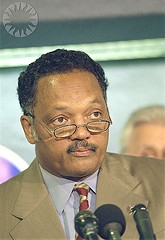 It is a fact of the modern, media-driven mentality that celebrities attract a lot of attention. This is frequently leveraged, where possible, to attract attention to causes of various sorts. Back in my home town of New Orleans, Brad Pitt is the resident champion of sustainable housing. Jerry Lewis has his famous telethon; Oprah consistently casts her spotlight on social issues, and so on.
It is a fact of the modern, media-driven mentality that celebrities attract a lot of attention. This is frequently leveraged, where possible, to attract attention to causes of various sorts. Back in my home town of New Orleans, Brad Pitt is the resident champion of sustainable housing. Jerry Lewis has his famous telethon; Oprah consistently casts her spotlight on social issues, and so on.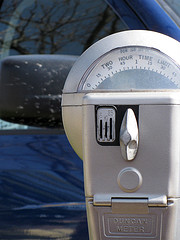 Orlando, Florida, is preparing to experiment with a new way of raising funds to help the homeless. Taking a novel stance, the city is getting ready to install a number of parking meters downtown, the funds from which are to be dedicated to the issues of the homeless.
Orlando, Florida, is preparing to experiment with a new way of raising funds to help the homeless. Taking a novel stance, the city is getting ready to install a number of parking meters downtown, the funds from which are to be dedicated to the issues of the homeless.
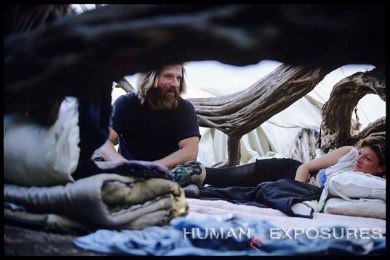 Here at HUMAN
Here at HUMAN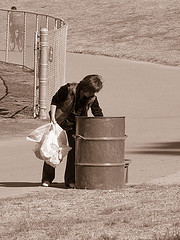 We live in an amazing age, the age of information, which has a direct and palpable impact upon the issues we try to address. One great example is homelessness, a major focus of the works we produce. Not only is social media an excellent tool for educating the populace about the problem, but it can also give a voice to those who are experiencing it.
We live in an amazing age, the age of information, which has a direct and palpable impact upon the issues we try to address. One great example is homelessness, a major focus of the works we produce. Not only is social media an excellent tool for educating the populace about the problem, but it can also give a voice to those who are experiencing it. Most people just walk right by the homeless. People living on the street are often viewed as the detritus of society, failed lives with no potential for betterment. Not to say that everyone feels this way, but there is a large segment of the population that does.
Most people just walk right by the homeless. People living on the street are often viewed as the detritus of society, failed lives with no potential for betterment. Not to say that everyone feels this way, but there is a large segment of the population that does.




